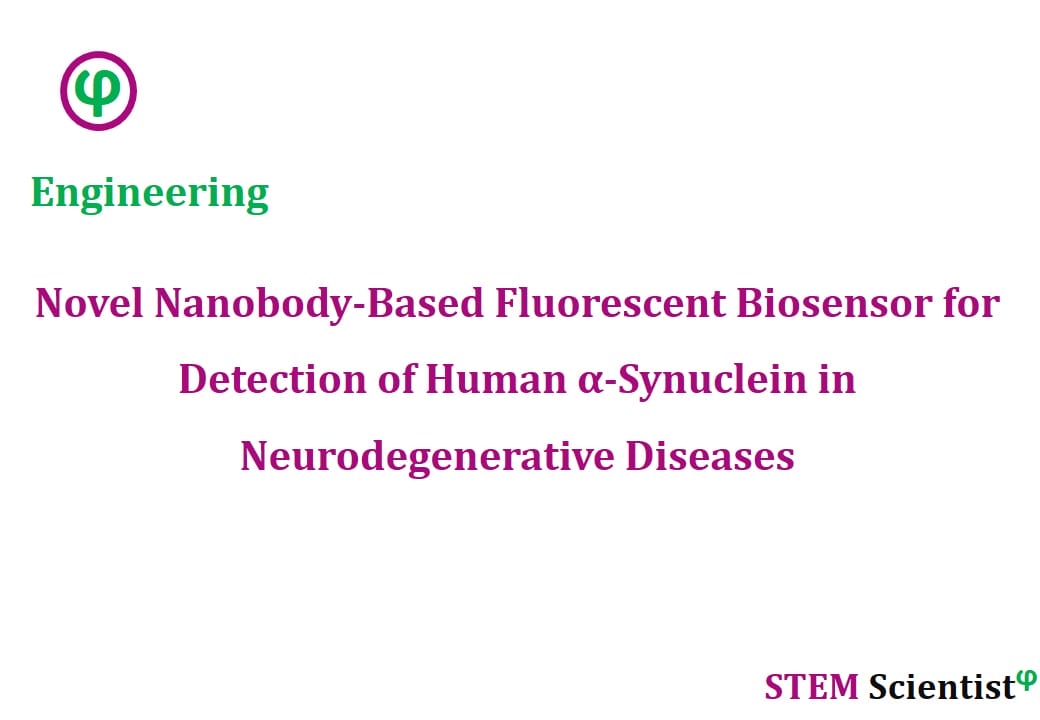
The following study was conducted by Scientists from Department of Neuro- and Sensory Physiology, University Medical Center Göttingen, Göttingen, Germany; Center for Biostructural Imaging of Neurodegeneration (BIN), University Medical Center Göttingen, Göttingen, Germany; Institute of Animal Physiology, Department of Animal Physiology and Molecular Biomedicine, Justus-Liebig University Giessen, Giessen, Germany; Institute of Neurophysiology and Cellular Biophysics, University of Göttingen, Göttingen, Germany; Department of Neurosurgery, University Medical Center Göttingen, Göttingen, Germany; Paracelsus-Elena-Klinik, Klinikstraße, Kassel, Germany; Department of Neurology, University Medical Center Göttingen, Göttingen, Germany; German Center for Neurodegenerative Diseases (DZNE), Göttingen, Germany; Department for NMR-based Structural Biology, Max Planck Institute for Biophysical Chemistry, Göttingen, Germany; Cluster of Excellence “Multiscale Bioimaging: from Molecular Machines to Networks of Excitable Cells” (MBExC), University of Goettingen, Göttingen, Germany; Campus Laboratory for Advanced Imaging, Microscopy and Spectroscopy, University of Göttingen, Göttingen, Germany. Study is published in Nature Communications Journal as detailed below
Nature Communications; Volume 11, Article Number: 2729; (2020)
A Nanobody-Based Fluorescent Reporter reveals Human α-Synuclein in the Cell Cytosol
Abstract
Aggregation and spreading of α-Synuclein (αSyn) are hallmarks of several neurodegenerative diseases, thus monitoring human αSyn (hαSyn) in animal models or cell cultures is vital for the field. However, the detection of native hαSyn in such systems is challenging. We show that the nanobody NbSyn87, previously-described to bind hαSyn, also shows cross-reactivity for the proteasomal subunit Rpn10. As such, when the NbSyn87 is expressed in the absence of hαSyn, it is continuously degraded by the proteasome, while it is stabilized when it binds to hαSyn. Here, we exploit this feature to design a new Fluorescent Reporter for hαSyn (FluoReSyn) by fusing NbSyn87 to fluorescent proteins, which results in fluorescence signal fluctuations depending on the presence and amounts of intracellular hαSyn. We characterize this biosensor in cells and tissues to finally reveal the presence of transmittable αSyn in human cerebrospinal fluid, demonstrating the potential of FluoReSyn for clinical research and diagnostics.
Source:
Nature Communications
URL: https://www.nature.com/articles/s41467-020-16575-0
Citation:
Gerdes, C., N. Waal, et al. (2020). “A nanobody-based fluorescent reporter reveals human α-synuclein in the cell cytosol.” Nature Communications 11(1): 2729.


